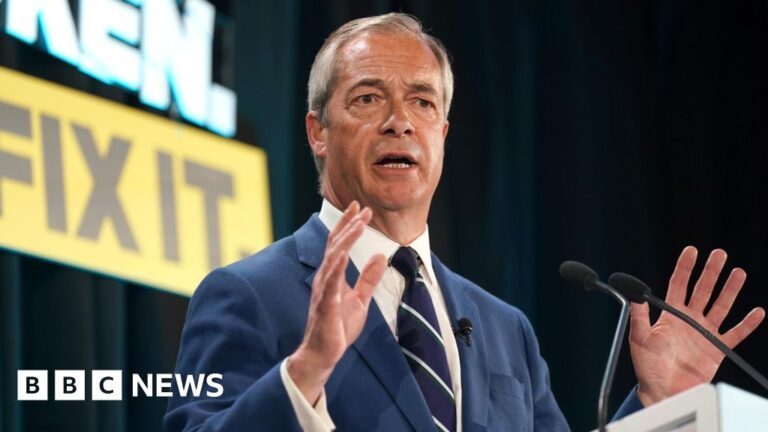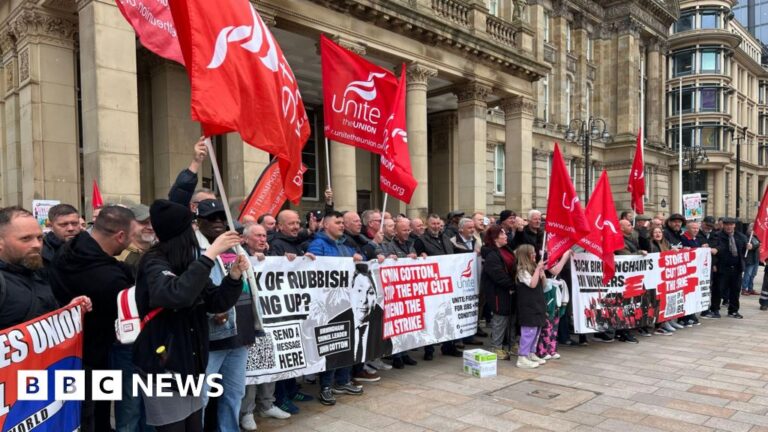Small businesses need to utilize social media for the most incredible term-saving tool in marketing: brand visibility, relationship development, and sales driving. This offers incredible billions of users already on Instagram, Facebook, LinkedIn, TikTok, and X (formerly Twitter). But using these social media networks strategically isn’t easy; it requires careful planning and execution. A real guide for small businesses on utilizing social media has been prepared.
Identifying Your Goals and Target Audience
Establish some clear goals, perhaps to test the market before opening a page or account on any of the social media networks. Those goals will include visibility in branding, increased traffic to websites, lead generation, and increased sales. Establish your target audience- where they are, how old they are, what they do and so on; it should be easy to cater to them with the right content. Given the availabilities of Facebook Audience Insights among other solutions like Instagram Analytics, this can be achieved.
The Right Platforms
Even if not every platform would work equally for each business, thus for example here:
- Instagram: Mostly for your younger audience as it is the perfect platform for visual brands (like fashion, food, art).
- Facebook: Good for community activities, events, or advertising to much wider demographics.
- LinkedIn: For companies in an office, B2B, and professional services.
- TikTok: The platform quite active for creative, short-form content directed toward Generation Z and millennials.
- X (formerly Twitter): Really relevant for real-time updates and the establishment of thought leadership via customer interaction.
Social media strategy involves content
it should form the core of content for small businesses. For instance, small businesses can use User-Generated Content (UGC) by showcasing their customers’ pictures, reviews, or testimonials to create trust; develop Educational Posts, such as tips, guidelines, or industry insight, which followers could gain; create Behind-the-Scenes Content by showcasing the employees and processes of the brand to create a sense of realness; and produce Trendy Formats, for example,- current reels
- challenges
- memes
Catch attention. Of course, web tools such as Canva can be used to create posters that look professional, and consistent use can be maintained with the help of scheduling platforms like Hootsuite or Buffer.
Paid advertising promotions are also a good option
Organic growth is just good but might not highly boost reach for many small businesses; however, paid advertising maximizes this growth. Some of these sites, like Facebook and Instagram Ads, allow businesses to identify specific demographics that are interested in the location.
Examples include: A local bakery advertising the new supplies that they draw up for the week via location ads. An online program with a health enthusiast can be advertised through the fitness coach using Instagram Ads.
Engage With Your Audience
Social Media is a two-way road; Small Business should:
Respond to comments as soon as possible, and dangle effective messages on other topics of concern that will promote developing relationships.
Encourage interaction by asking questions, creating polls, or holding giveaways.
Collaborate with Influencers or Local Creators to utilize the visibility and credibility they already have.
Use Analytics to Optimize
Analytics must be checked habitually because it understands what’s working and what’s not. Most platforms come equipped with tools for tracking metrics such as:
Engagement rate (likes, shares, comments)
- Click-through rate (CTR)
- Follower growth
- Conversions
Take an example of a small business. It brought to light that Instagram Stories create more traffic than posts. In that case, it would allocate its resources to Stories in response.
Success Stories
- Glossier: The beauty brand is born a blog and grew into a multimillion-dollar business through strong visibility on Instagram via UGC and influencer marketing.
- The Honest Company: With the co-owner, Jessica Alba, the brand used a connection with parents on Facebook and shared sensational content on eco-friendly products.
Besides, small enterprises can create their brands with minimal budgets through social media as it provides that kind of unique opportunity.
Focusing on the right platforms with increased authentic content and audience engagement can help small businesses to build their presence and accomplish their goals. It requires consistency, creativity, and adaptability to trends and audience feedback.
Good Luck out there working! 🙂





